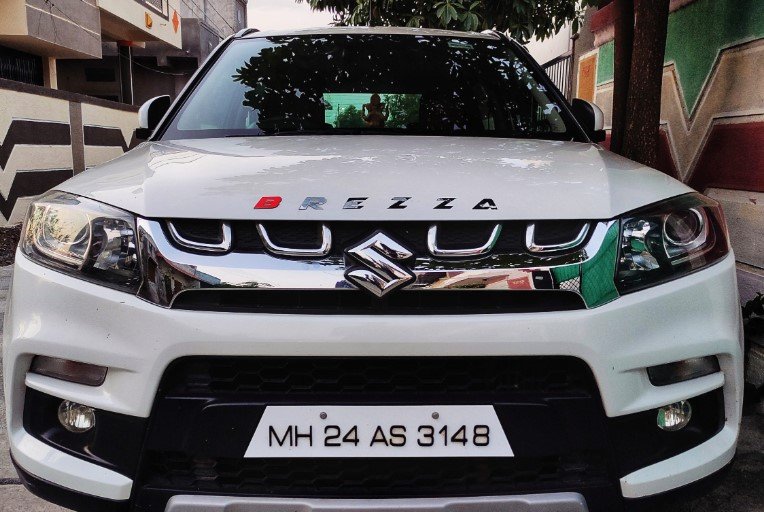A Major Milestone for India’s Leading Automaker
Maruti Suzuki has officially kicked off production at its highly anticipated Kharkhoda plant in Haryana, marking a significant expansion in its manufacturing footprint. The facility, whose foundation was laid by Prime Minister Narendra Modi in August 2022, is now operational, starting with the production of the Brezza compact SUV.
A New Era in Production
After overcoming minor delays, Maruti Suzuki has met its original timeline, commencing operations in early 2025. The automaker expects the Kharkhoda facility to play a crucial role in boosting vehicle sales for the 2025-26 financial year. With an annual production capacity of 2.5 lakh (250,000) units, the plant is set to contribute significantly to Maruti Suzuki’s overall manufacturing output.

This latest addition brings the combined production capacity of Maruti Suzuki and Suzuki Motor Gujarat Pvt Ltd to a staggering 2.6 million vehicles annually, further solidifying the company’s leadership in India’s automotive sector.
Brezza Takes Center Stage
For now, the Kharkhoda plant will exclusively manufacture the Brezza, one of Maruti Suzuki’s most popular compact SUVs. Previously, Brezza was produced at the Manesar plant, which has long served as a critical hub for models like the Dzire, Ertiga, and WagonR. Manesar, which hit the milestone of producing 1 crore (10 million) units in October 2024, continues to be a key player in the company’s production strategy.
With the Kharkhoda facility operational, Maruti Suzuki aims to streamline production across its plants, potentially increasing efficiency and output.
Maruti’s Expanding EV Plans
Looking beyond conventional vehicles, Maruti Suzuki is preparing to launch four new electric models by the end of 2030. The first in this lineup will be the eVitara, an electric SUV that will also be rebadged as the Toyota Urban Cruiser EV. These EVs will roll out from the company’s Gujarat facility, but there is speculation that future electric models could also be produced at the Kharkhoda plant.
This strategic move aligns with the growing push for electric mobility in India, where the government and automakers are working together to increase EV adoption through policy incentives and infrastructure development.
The Bigger Picture: What This Means for Maruti Suzuki
- Increased Capacity: With Kharkhoda now operational, Maruti Suzuki is better positioned to meet growing demand in both domestic and export markets.
- Diversification: While starting with the Brezza, the plant has room for expansion, potentially accommodating new models, including electric vehicles, in the future.
- Employment and Economic Impact: The new facility is expected to generate thousands of jobs in Haryana, boosting local economies and supporting ancillary industries.
- Competitive Edge: Strengthening its manufacturing network gives Maruti Suzuki a significant advantage over competitors in terms of production scale and cost efficiency.
As the company looks ahead, the opening of the Kharkhoda plant marks just the beginning of what could be a transformative period for Maruti Suzuki. With a combination of strong sales, expanding production, and a forward-looking approach to EVs, India’s largest carmaker is reinforcing its dominance in the market.
